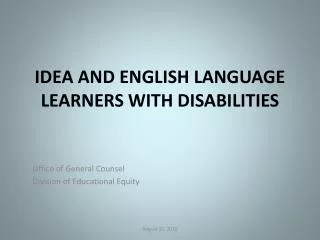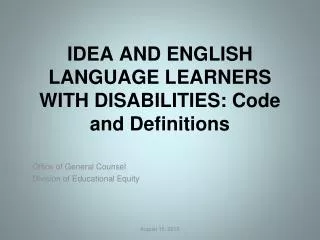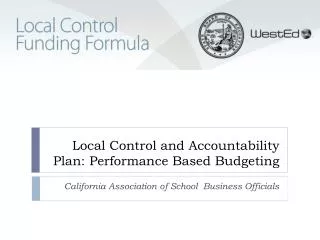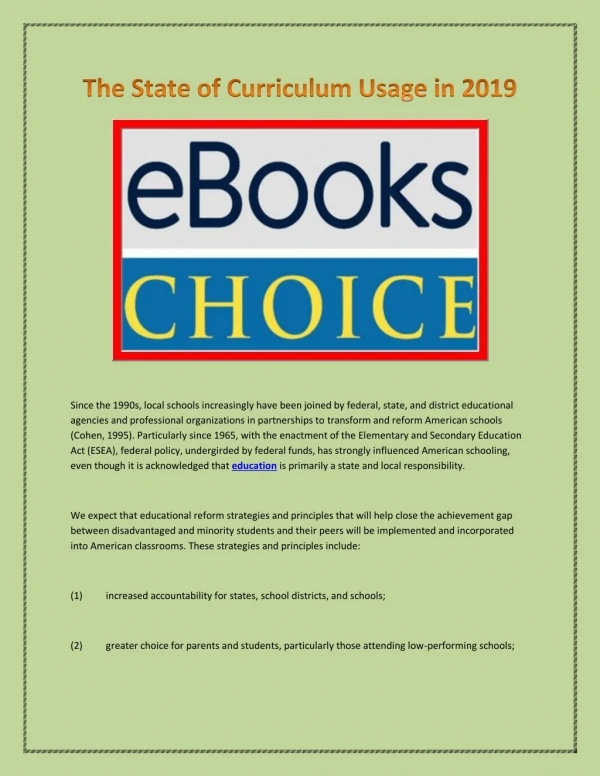The State of Curriculum Usage in 2019
Since the 1990s, local schools increasingly have been joined by federal, state, and district educational agencies and professional organizations in partnerships to transform and reform American schools (Cohen, 1995). Particularly since 1965, with the enactment of the Elementary and Secondary Education Act (ESEA), federal policy, undergirded by federal funds, has strongly influenced American schooling, even though it is acknowledged that education is primarily a state and local responsibility. Investigating and reporting on the extent to which there is agreement among the major types of curriculum in an educational delivery system is an extremely important undertaking, especially in this era of high-stakes testing and accountability. The consequences of leaving such evidence undiscovered and unreported is too great for local schools, and especially for the children who are too often placed at risk of becoming victims of educational policies that are well-intended but poorly developed, implemented, or enforced. As with all types of educational reform, an important question that deserves a credible answer is whether the strategies and principles intended for implementation and incorporation are making a difference in (1) the type or quality of instruction experienced by students and (2) the level of student achievement that results from that instruction. At a minimum, it is important for local, state, and national policymakers to have data that reveal whether the assumptions inherent in the statements of their policies and enactments are indeed supported by reality. Jeff C. Palmer is a teacher, success coach, trainer, Certified Master of Web Copywriting and founder of https://Ebookschoice.com. Jeff is a prolific writer, Senior Research Associate and Infopreneur having written many eBooks, articles and special reports.
★
★
★
★
★
57 views • 4 slides



